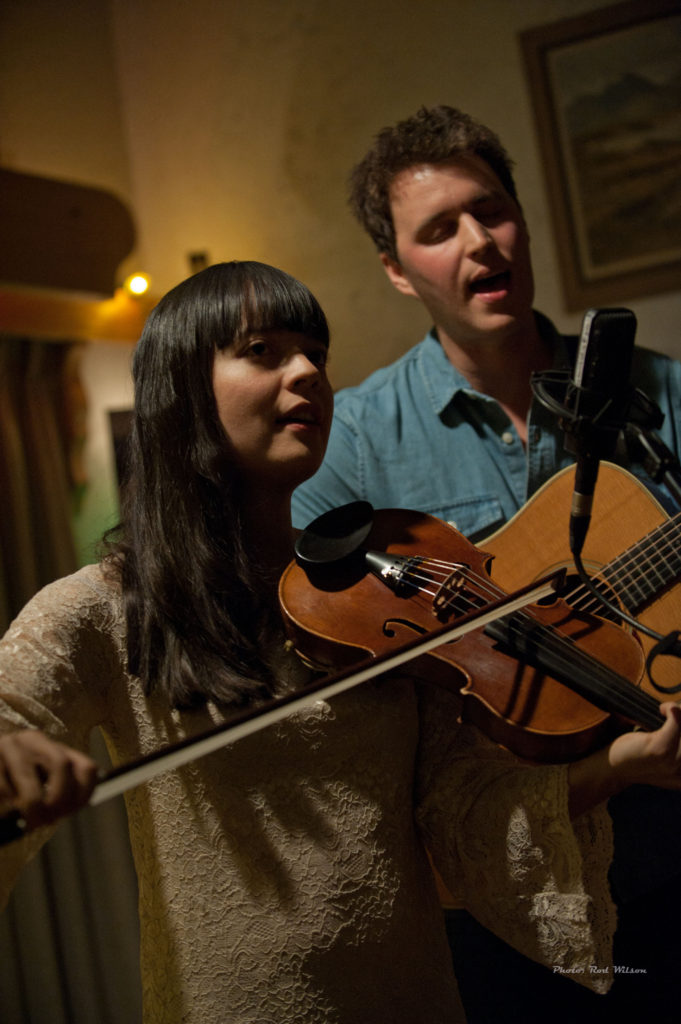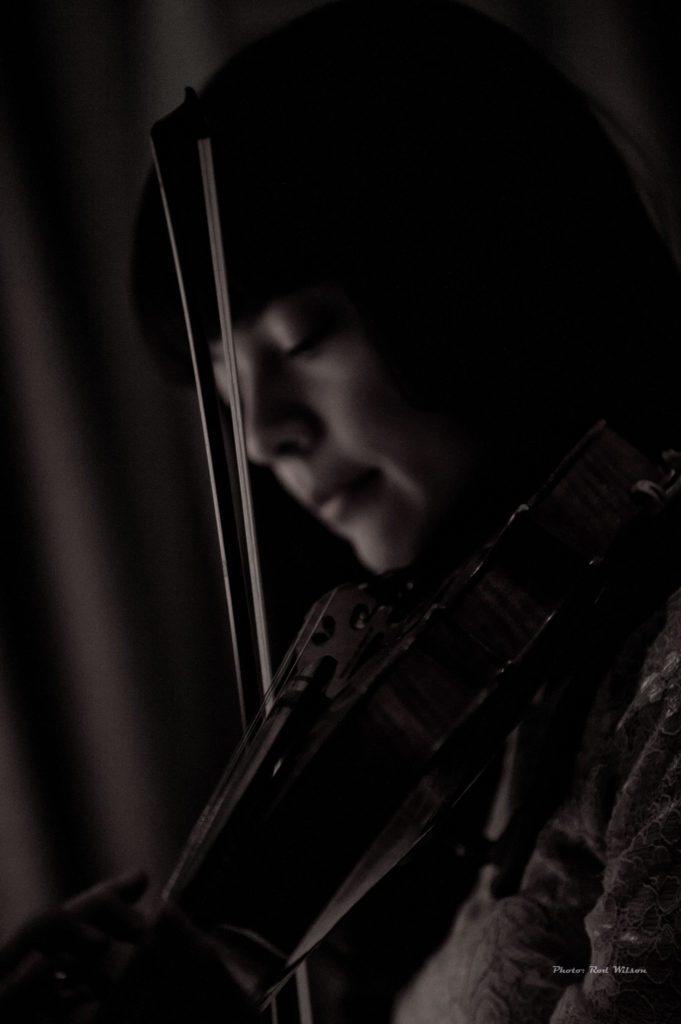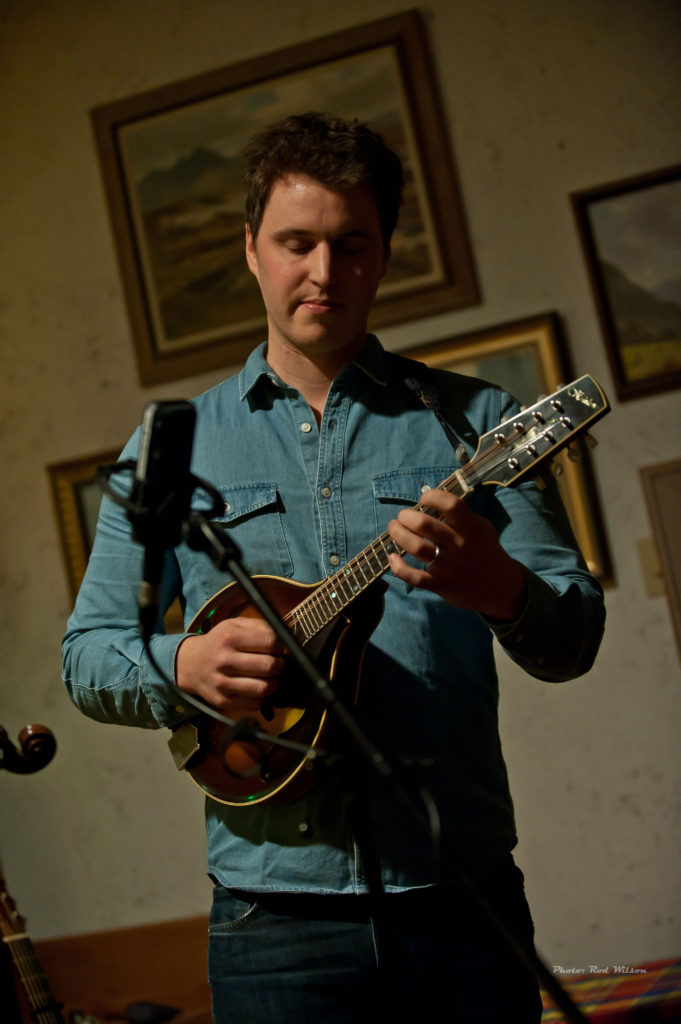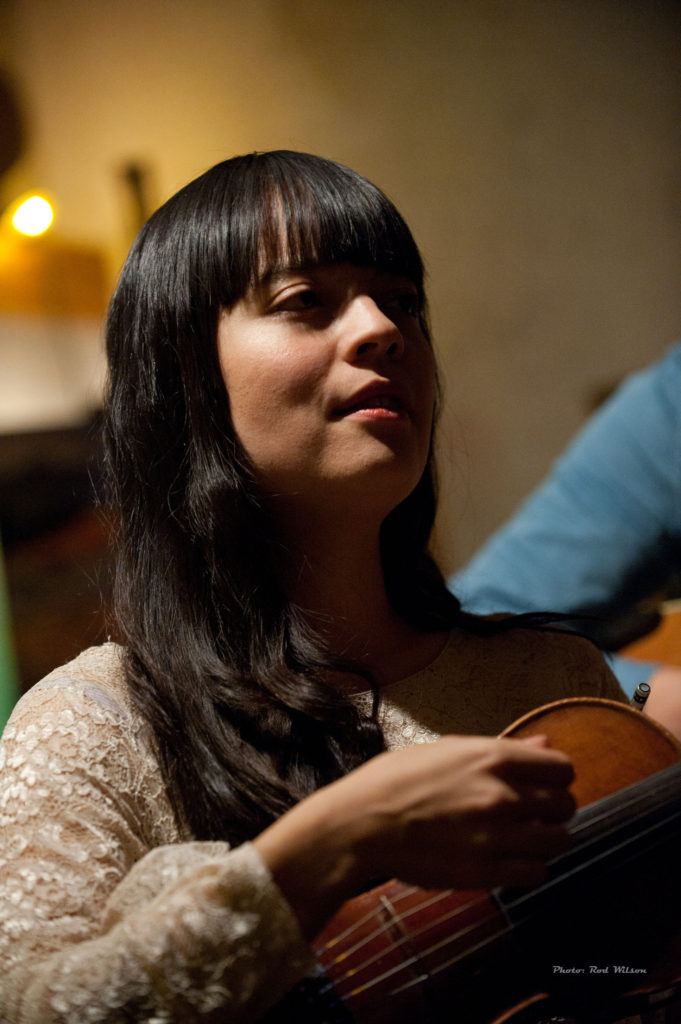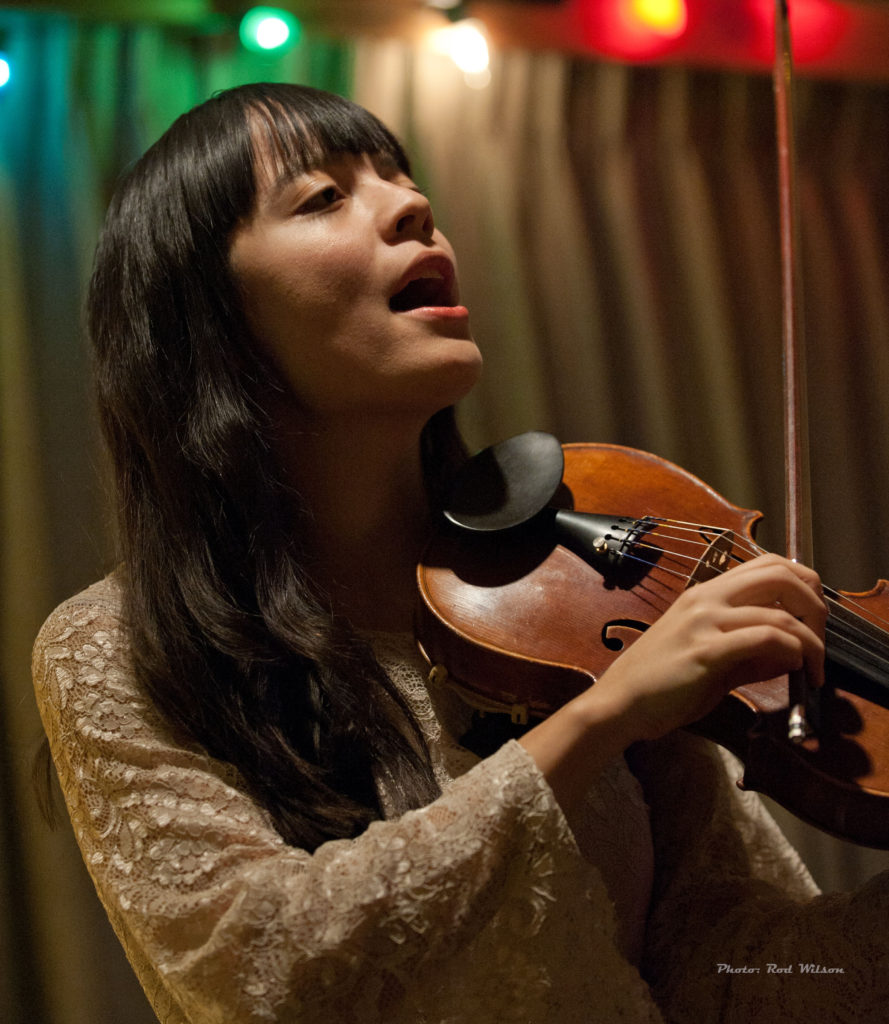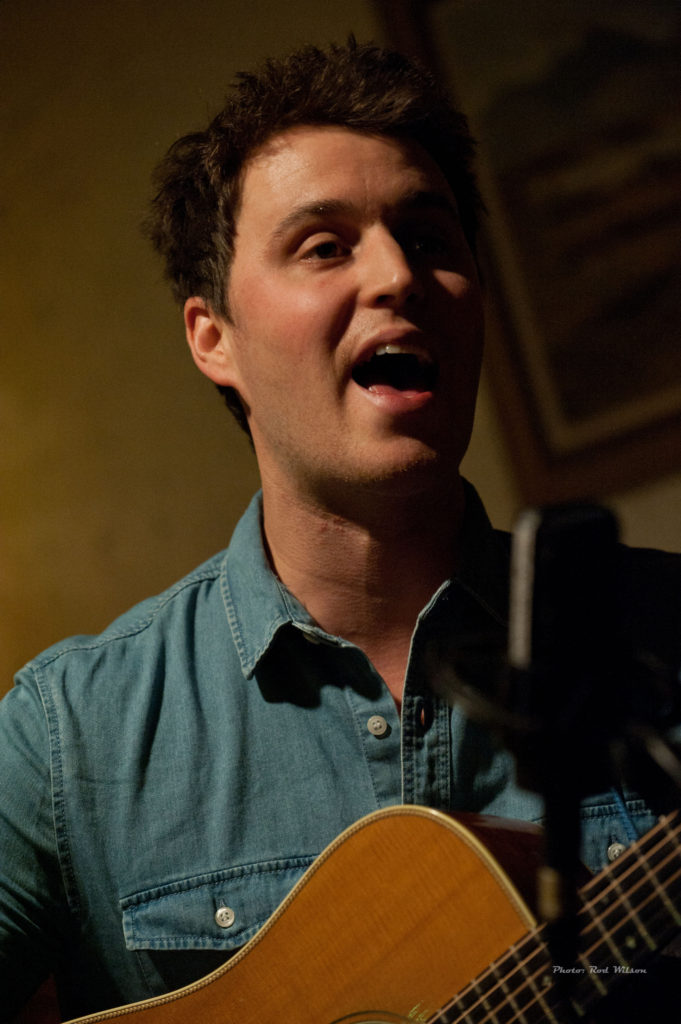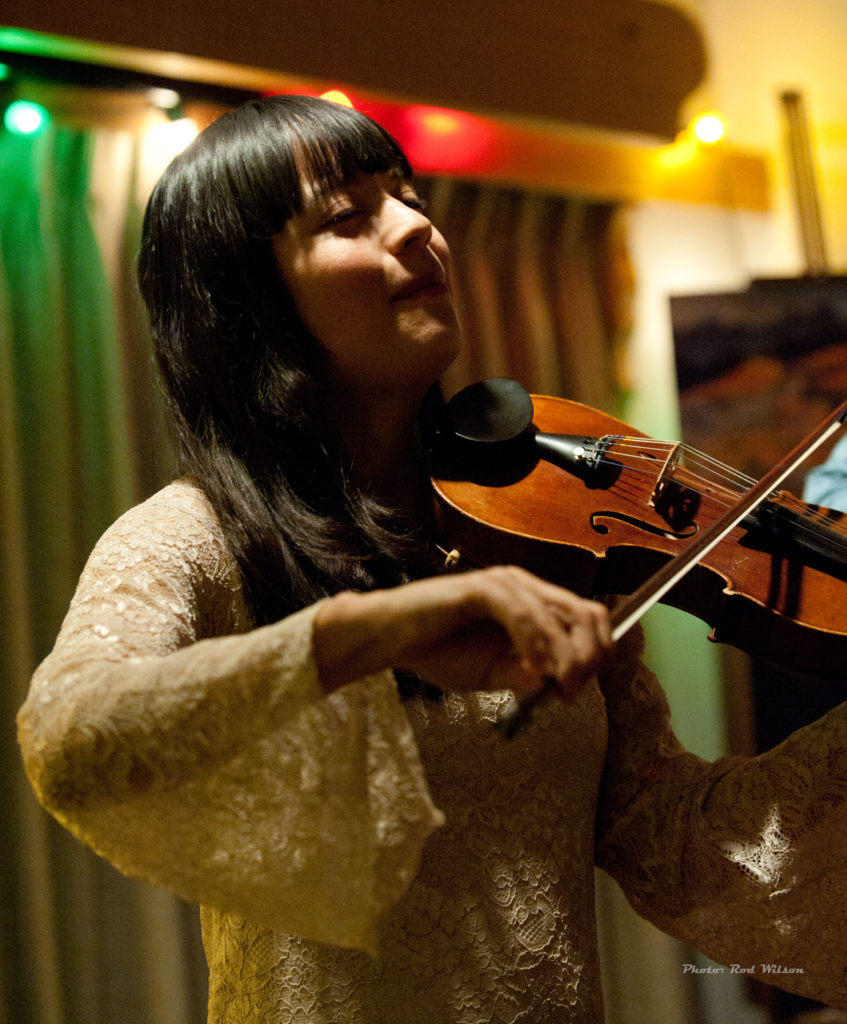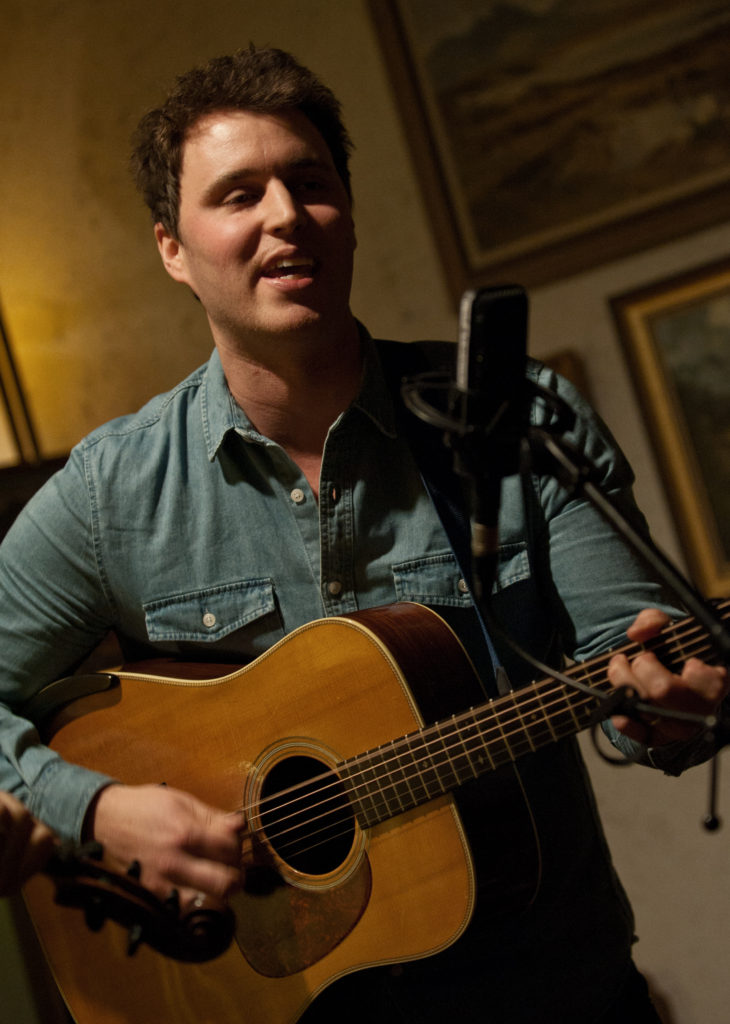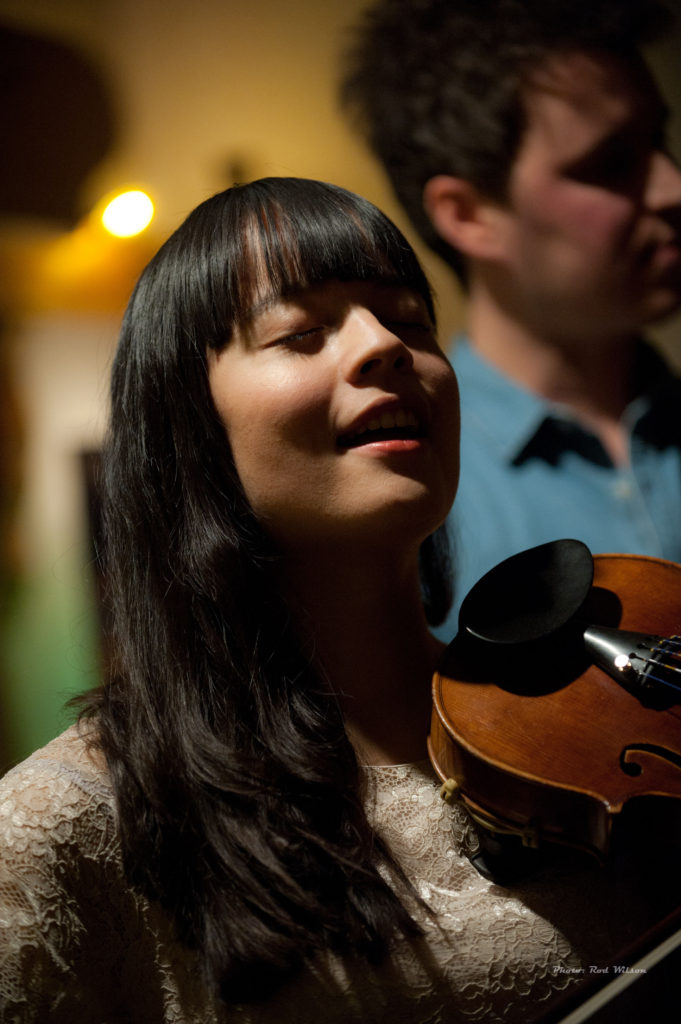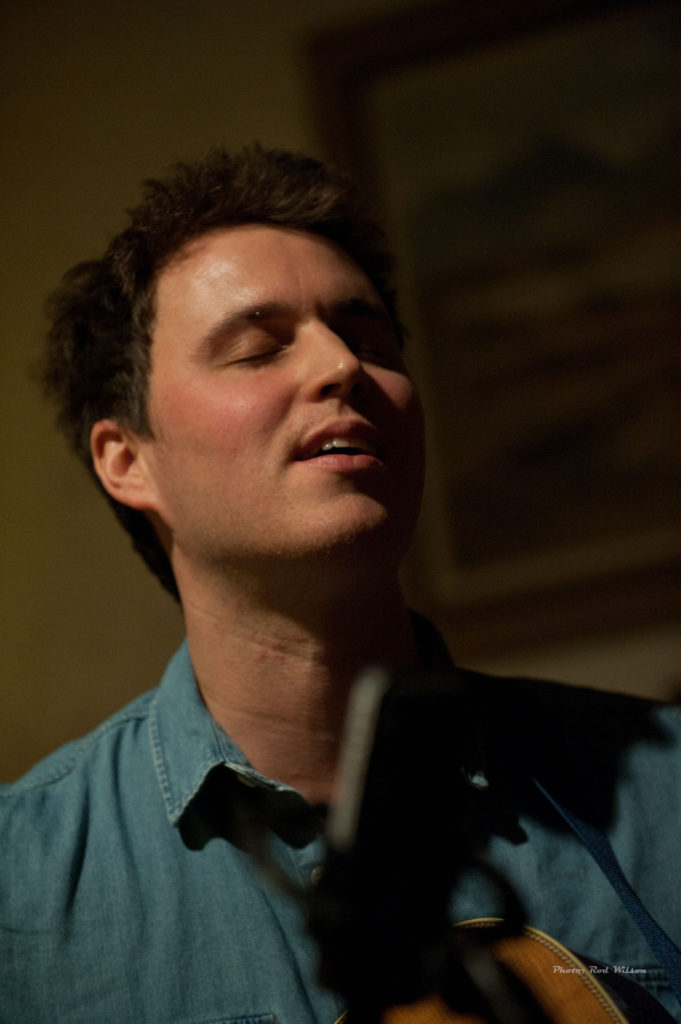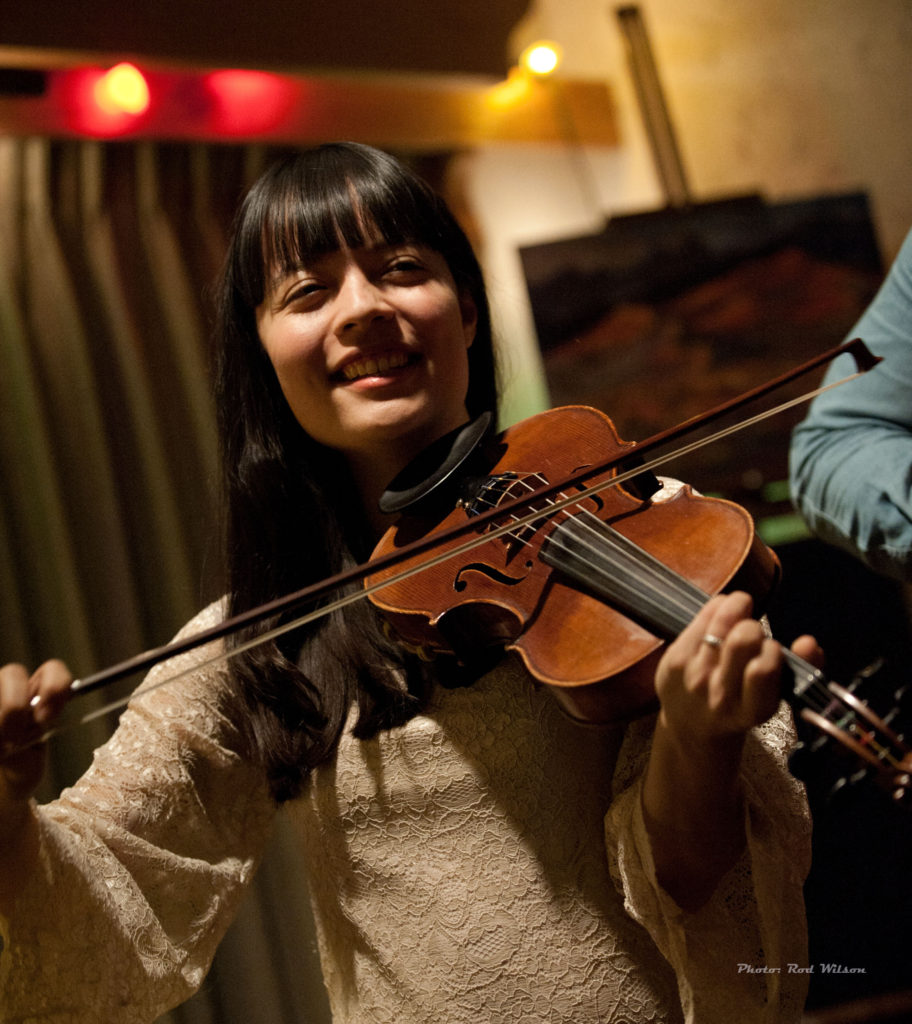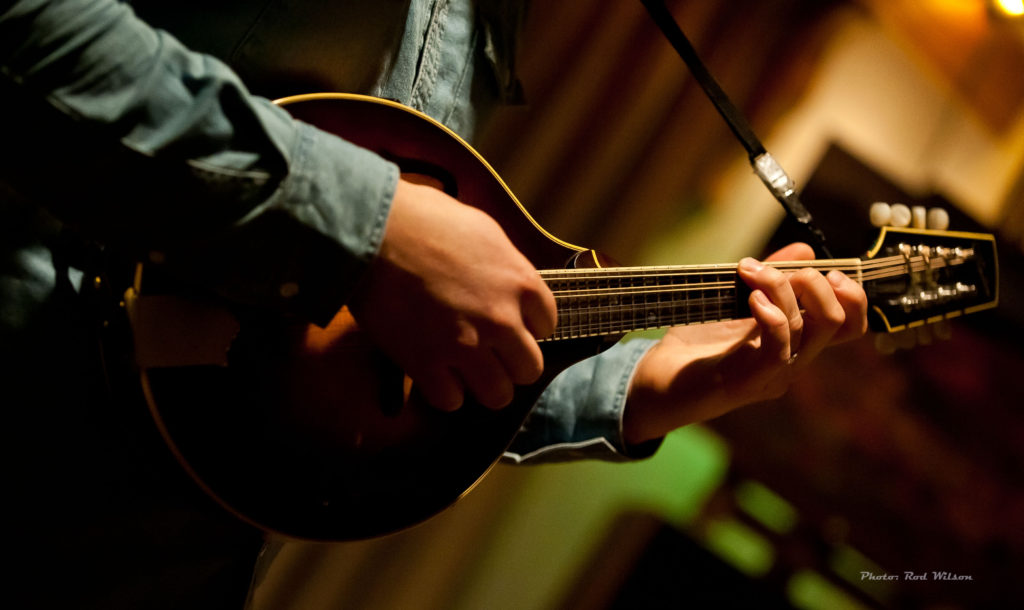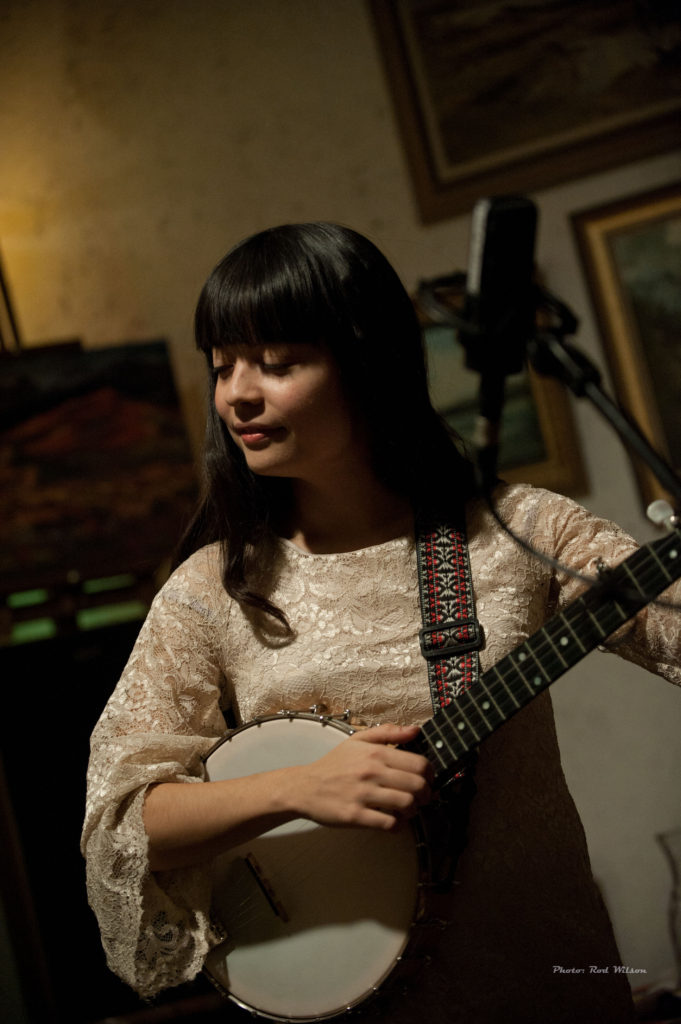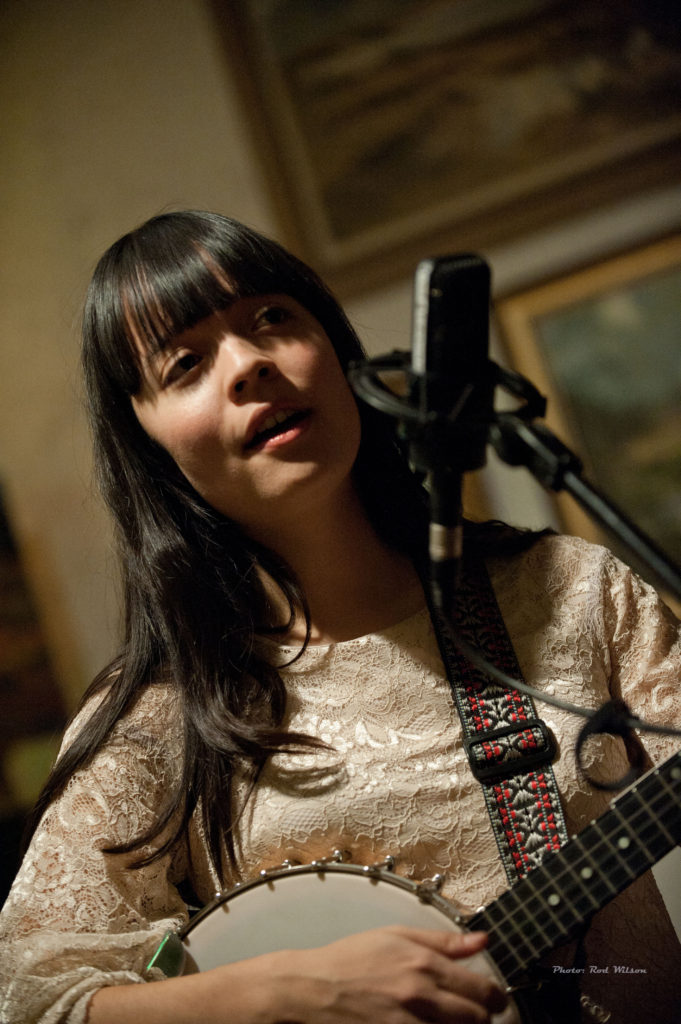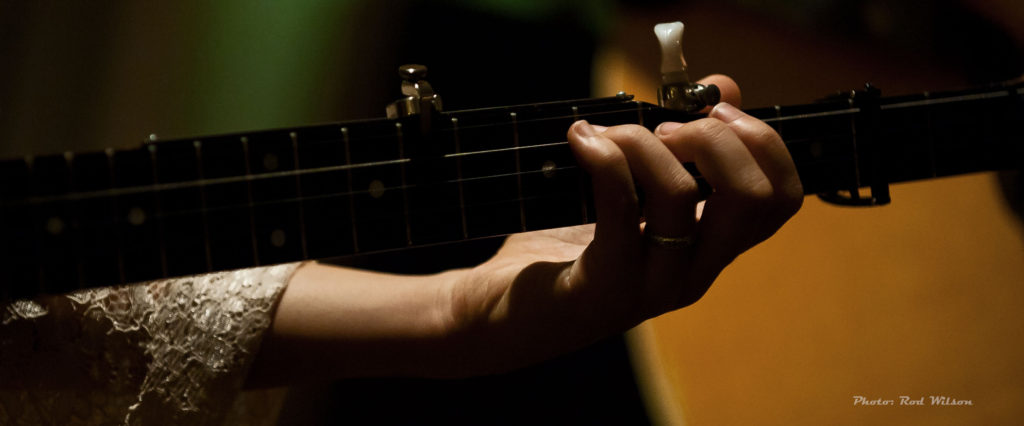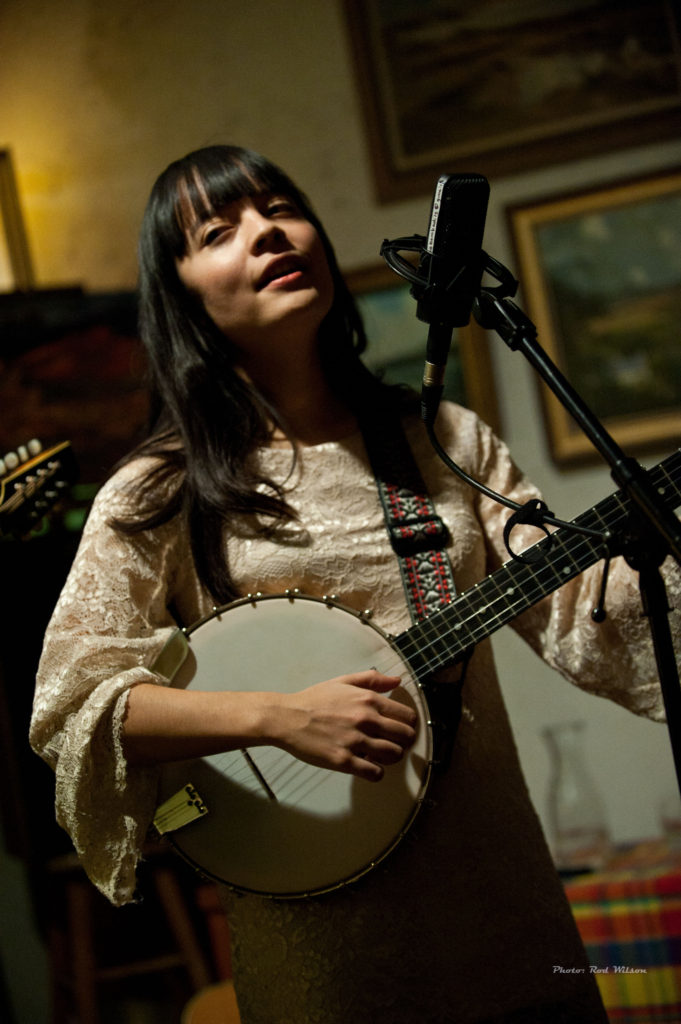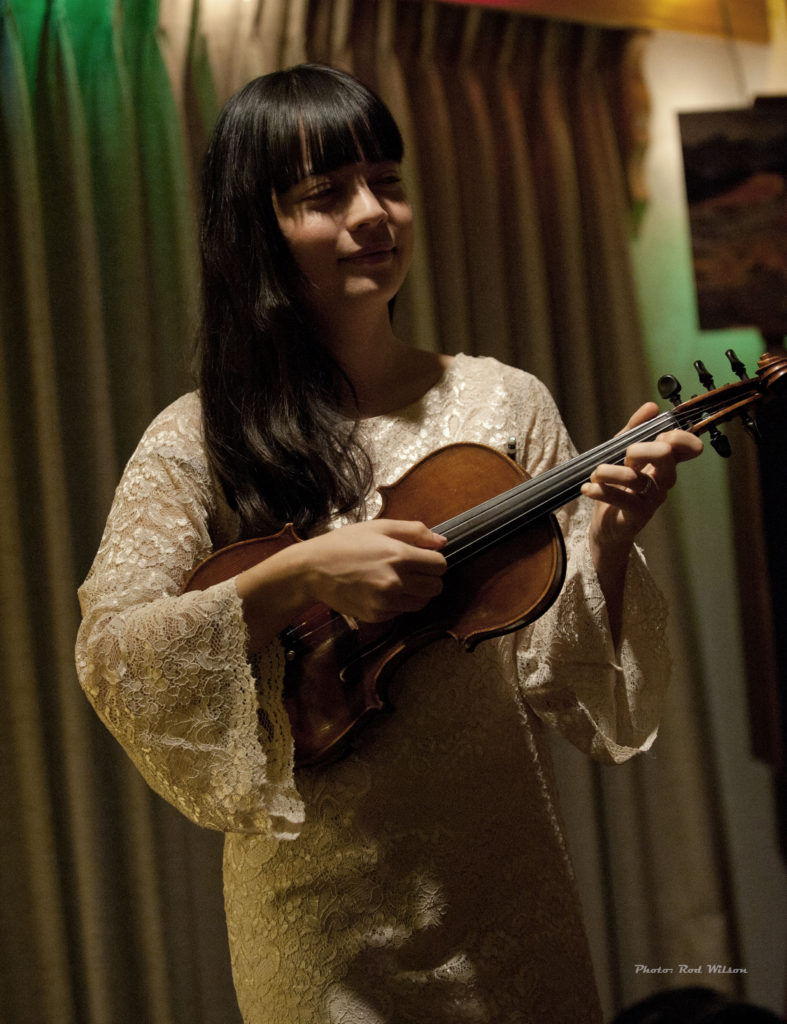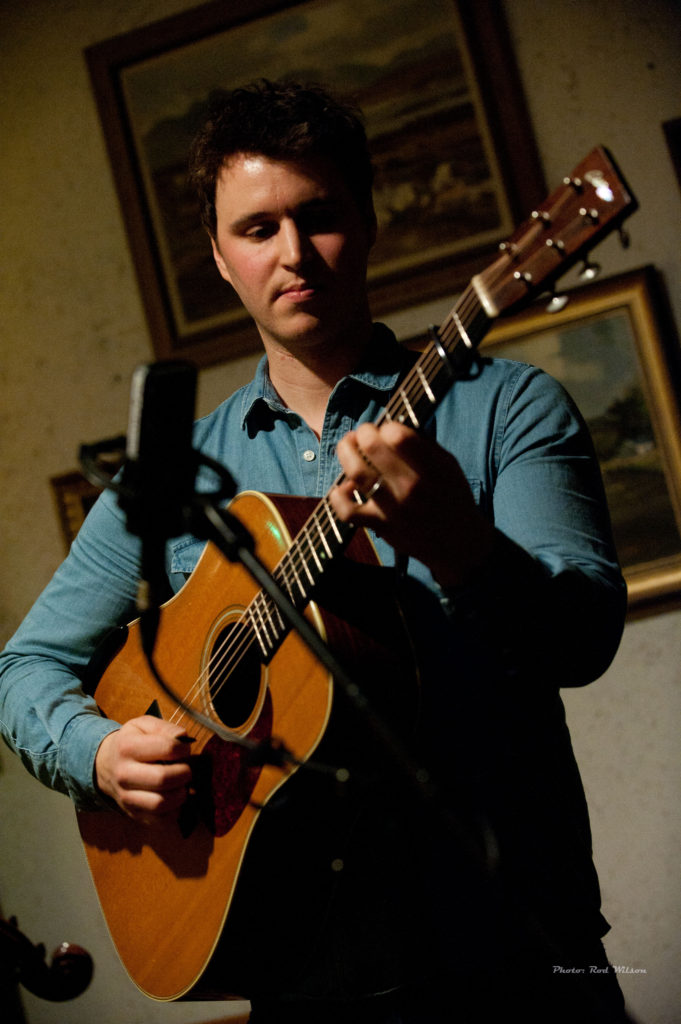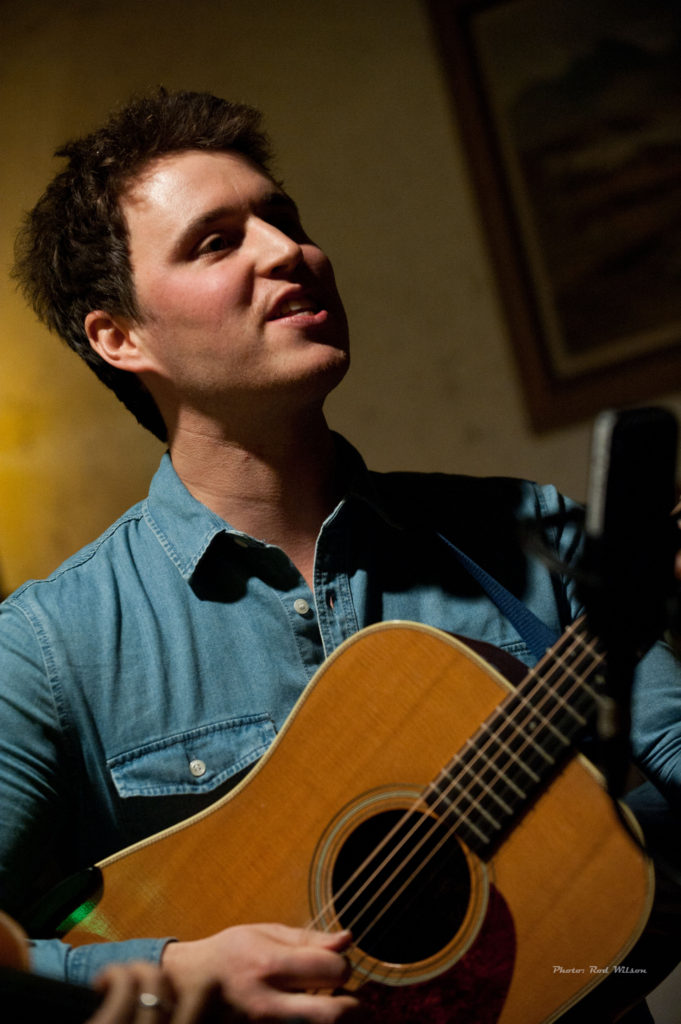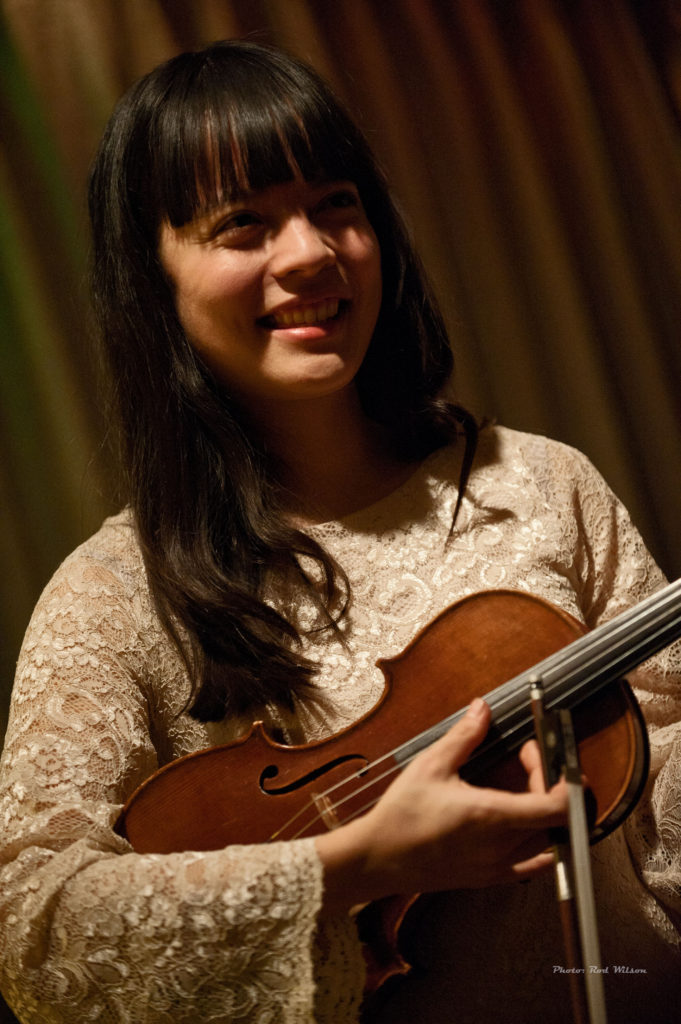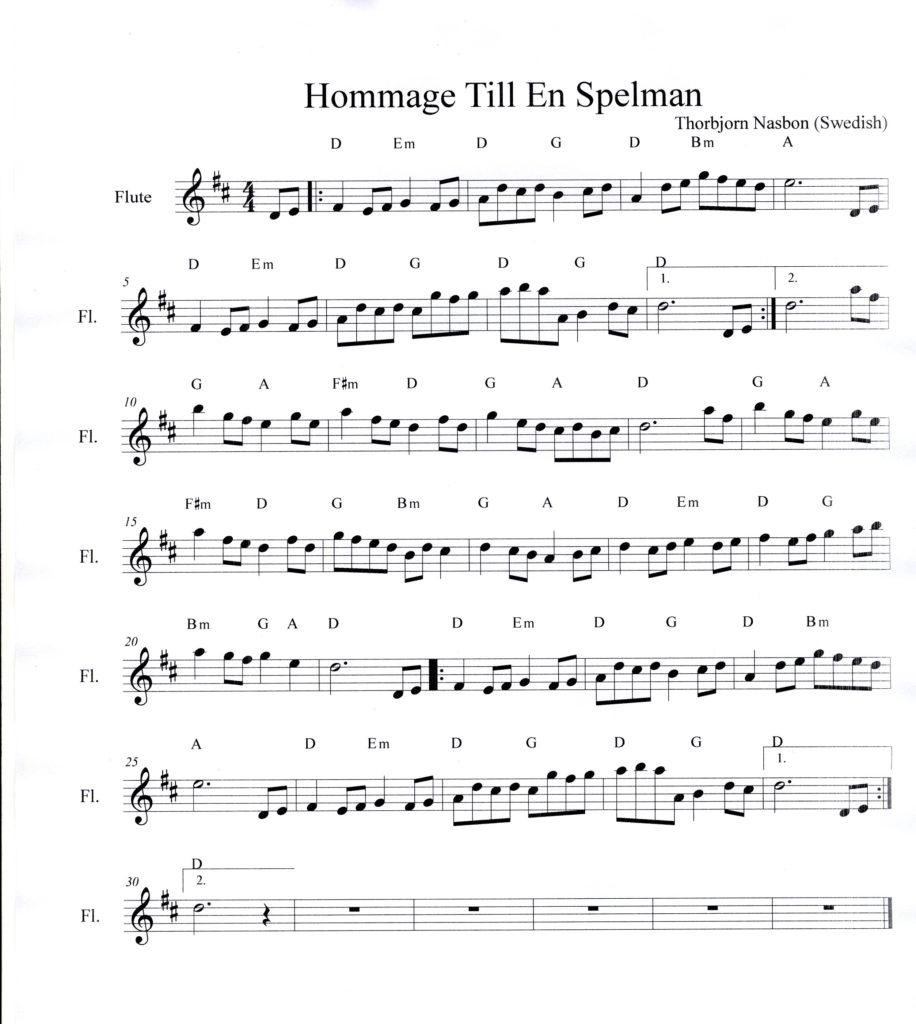I say it way too often but I figure it needs to be said. “There’s more to music than three guitars and a back beat”. Just a cursory review of the current “music business” reveals that the majority of music performed today conforms to that criteria of “three guitars and a back beat”. It is what is popular and that’s what people and the industry want, so what? I just think it is a shame because there is so much more out there. One of the beauties of the Internet and YouTube in particular has been the creation of a platform for musicians and artists who are completely outside the current popular commercial paradigm. Sure there are a lot of performances on YouTube that conform to the commercial norm but it doesn’t take too many “accidental” clicks to come upon some really odd ball and interesting performances. Musicians busking on folk instruments on the streets of Istanbul; ethnic performances from all over the world; modern classical composers; jazz performances and esoteric mixes of just about anything. My case in point at the moment is marimba music.
From the pages of Wikipedia – “The marimba is a percussion instrument consisting of a set of wooden bars struck with mallets to produce musical tones. Resonators suspended underneath the bars amplify their sound. The bars are arranged like the keys of a piano, with the groups of 2 and 3 accidentals raised vertically, overlapping the natural bars to aid the performer both visually and physically. This instrument is a type of Idiophone, but with a more resonant and lower-pitched tessitura than the xylophone.
The marimba was developed in Central America by African slaves, and descended from its ancestral African Balafon, which was also built by African slaves. Marimba is now the national instrument of Guatemala.
Modern uses of the marimba include solo performances, woodwind and brass ensembles, marimba concertos, jazz ensembles, etc. Contemporary composers have used the unique sound of the marimba more and more in recent years.
A player of the Marimba can be called a Marimbist or a Marimba Player.”
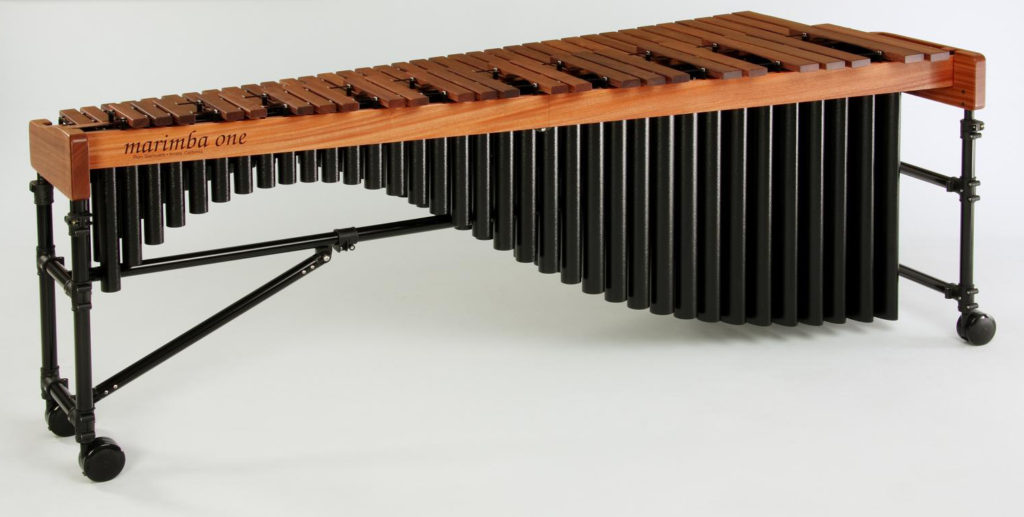
Marimbas are not really portable instruments. They tend to be large and cumbersome. They are not instruments that you can sling into a backpack and carry around on a subway. There are more portable versions around but they do not have the quality and caliber of the traditional marimba . For instance, the Vibraphone in Jazz circles is a similar instrument that is played in much the same fashion as a marimba but has a completely different vibe (pun intended) . In a cursory exploration of Marimba performances on YouTube I have found some enlightening and entertaining performances. Here are a couple of selections:
Performed by Kevin Hanrahan
http://www.HanrahanPercussion.com/
It is as good a place as any to start an exploration of Marimba music. It is a well known Classical piece that most people will instantly recognize. The performer looks like he should still be in high school. What I find fascinating is his use of four mallets and the dexterity required to play the constantly changing chordal voicings.
It is a bit of leap to the next, rather long selection, of a composition by the modern Classical Mimimalist composer Steve Reich. Sure it is repetitious, and that is the nature of the music, but within the monotony there is a lot happening. A friend of mine described it as a form of Chinese Water Torture. Of course I disagree. It is one of my all time favorite pieces of music.
On a much grander scale is Steve Reich’s Music for 18 Musicians. To listen to this music one requires an attention span of more that three minutes and one really needs to recover the lost art of really listening to what is actually going on.
I know, I know, enough is enough. Time to move on.
@@@@@@@@@@@@@@@@


